latest
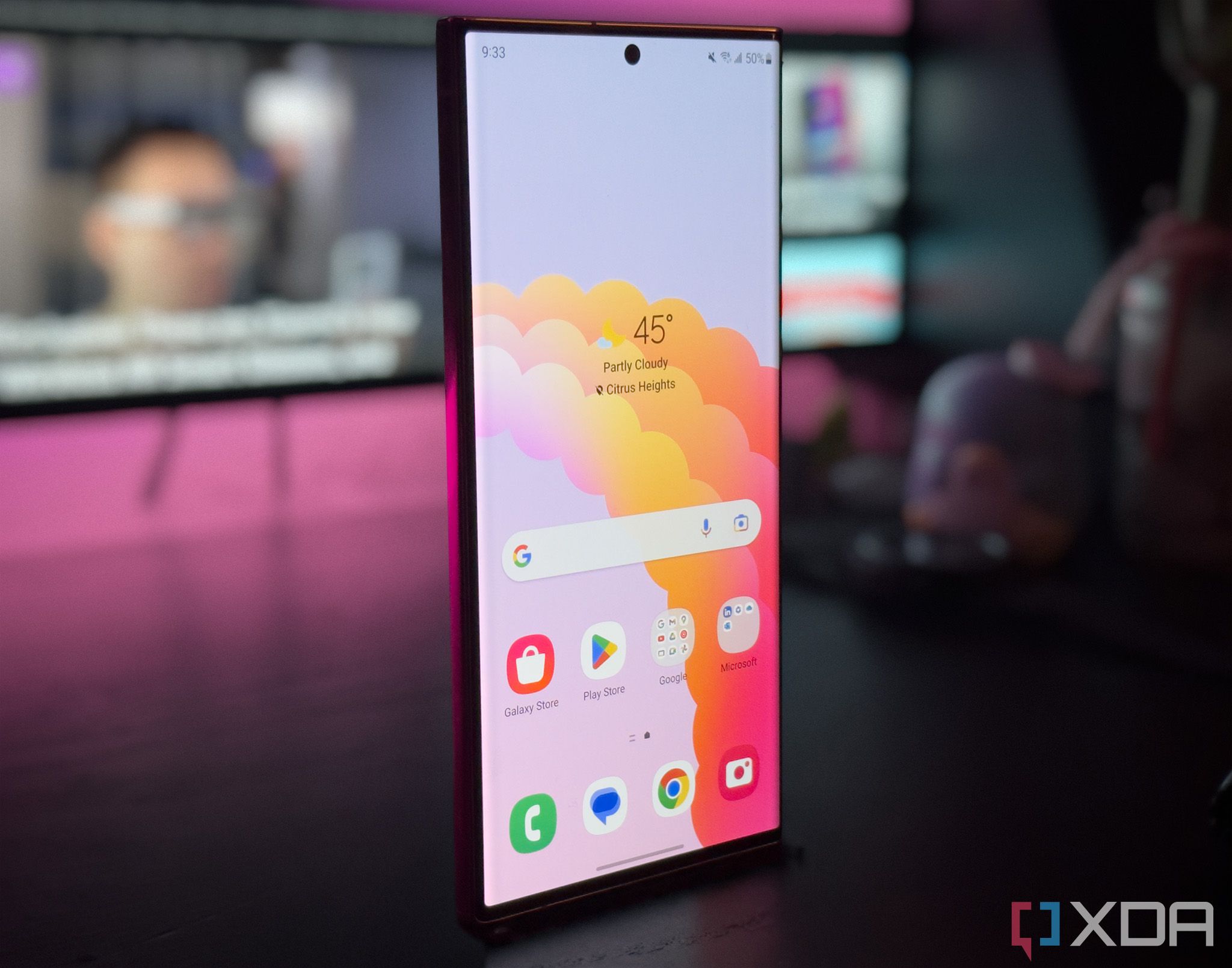
Samsung Galaxy S23 Ultra display deep dive: Still not the best Samsung Display OLED on the market
The Galaxy S23 Ultra has some improvements to the screen, but is it enough to make it one of the best phones with a Samsung Display?
It's no secret that Samsung Display currently manufactures some of the best screens on any device. Nearly every flagship smartphone today utilizes the company's panel hardware, and that doesn't appear to be changing any time soon. Naturally, Samsung itself equips its own phones with these impeccable screens.
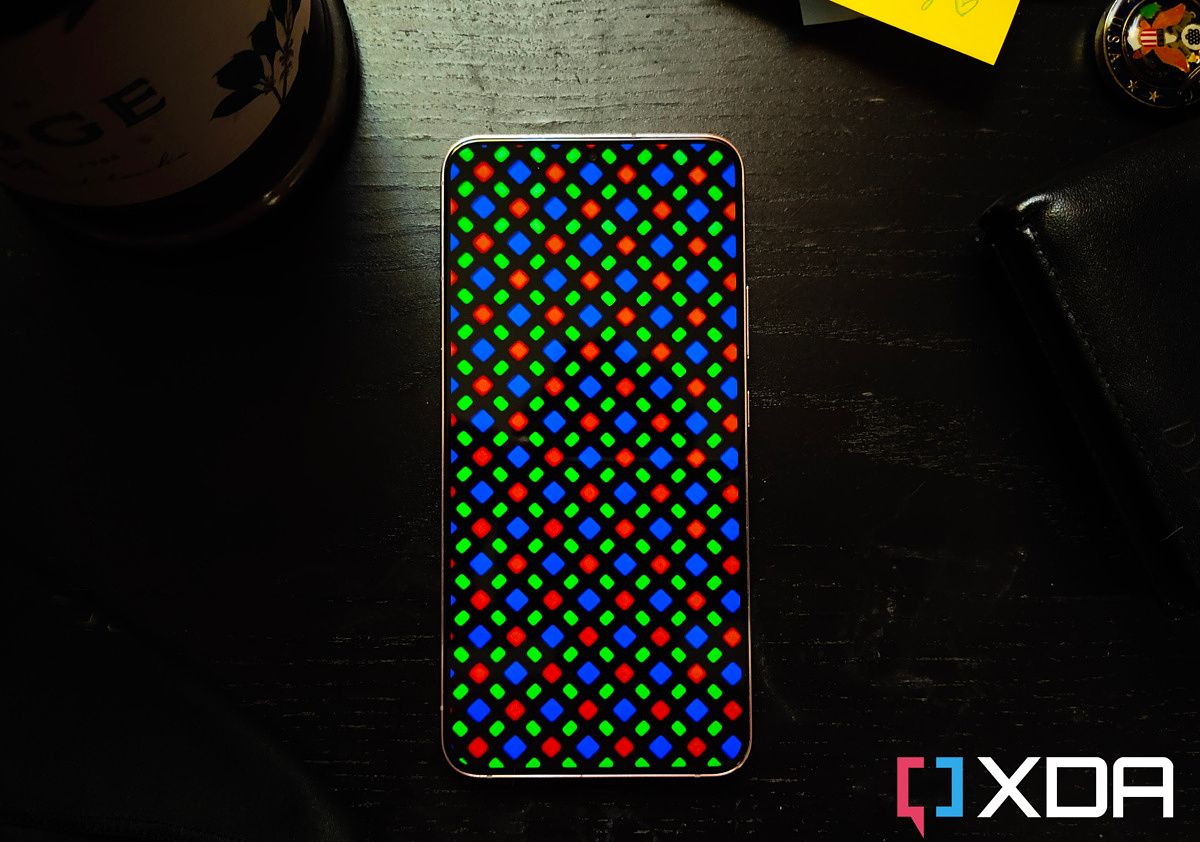
Samsung Galaxy S22 Plus Display Review: Vision Booster is a Game Changer
The Samsung Galaxy S22 Plus has class-leading HDR10 performance on smartphones. Read on as we deep dive into this OLED in our display review.
Every year, Samsung loves to show off just how much brighter its new flagships get. Although they're unquestionably revered as the spearhead in mobile screen technology, the best smartphone displays — in my opinion — haven't typically been found in Samsung's own phones. The Korean giant boasts ever-inflating figures for "peak brightness" (which by themselves can be deluding), but the company repeatedly lacked attention in some other areas which set it apart from other phone makers.
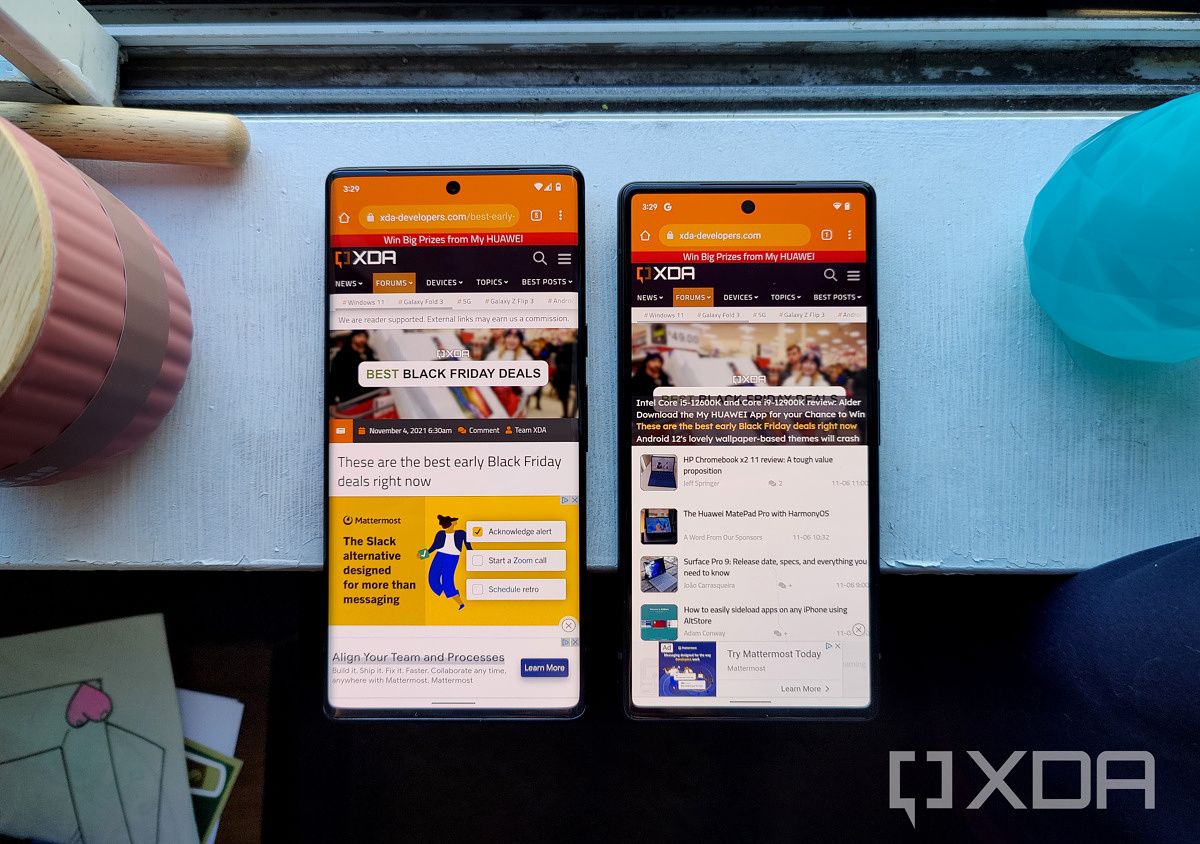
Google Pixel 6 and Pixel 6 Pro Display Review: Questionable value OLED tech
The Google Pixel 6 and Pixel 6 Pro are the latest flagships known for their cameras. But how well does their display perform? Check it out!
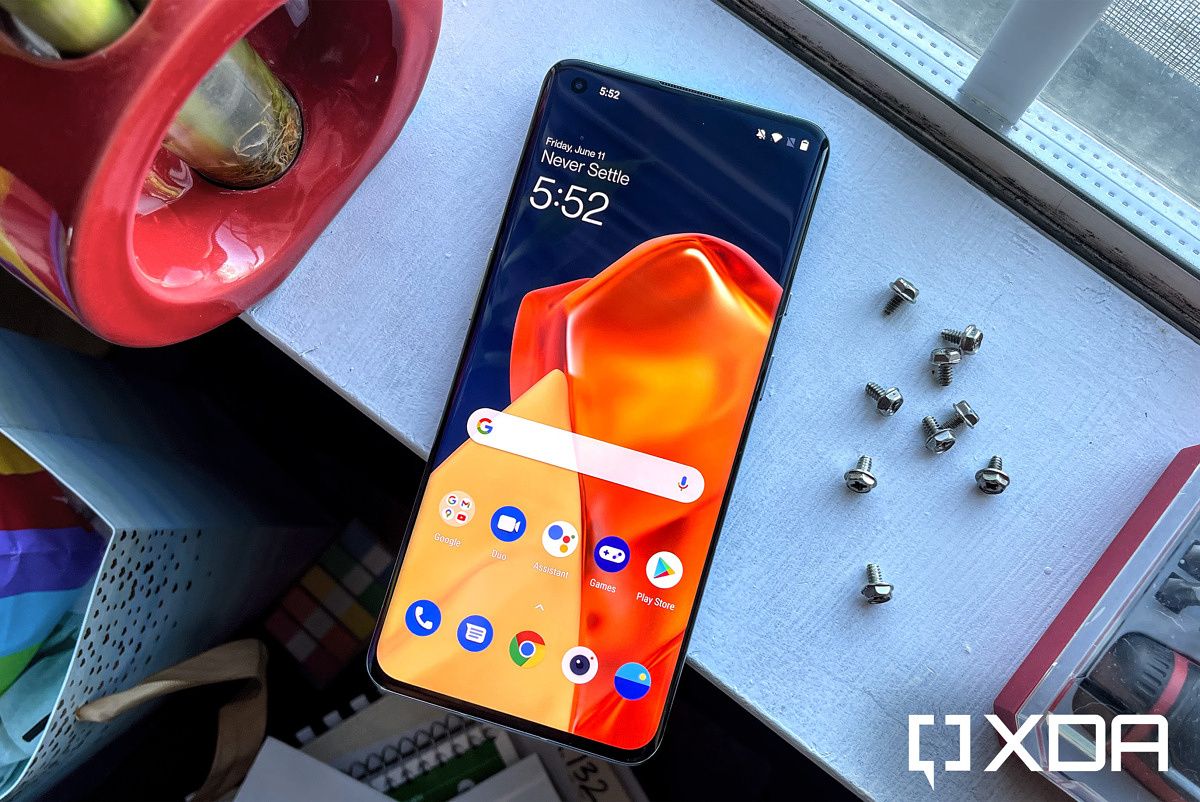
OnePlus 9 Pro Display Review: Textbook accuracy isn't enough to impress
The OnePlus 9 Pro is a premium flagship with top-tier hardware and software, but how good is the display? Find out in XDA's display review!
As the price of ultra-premium smartphones continues to rise, what are companies doing to distinguish their displays from the rest? Are there still areas that they can improve on without needing to adapt new display hardware?
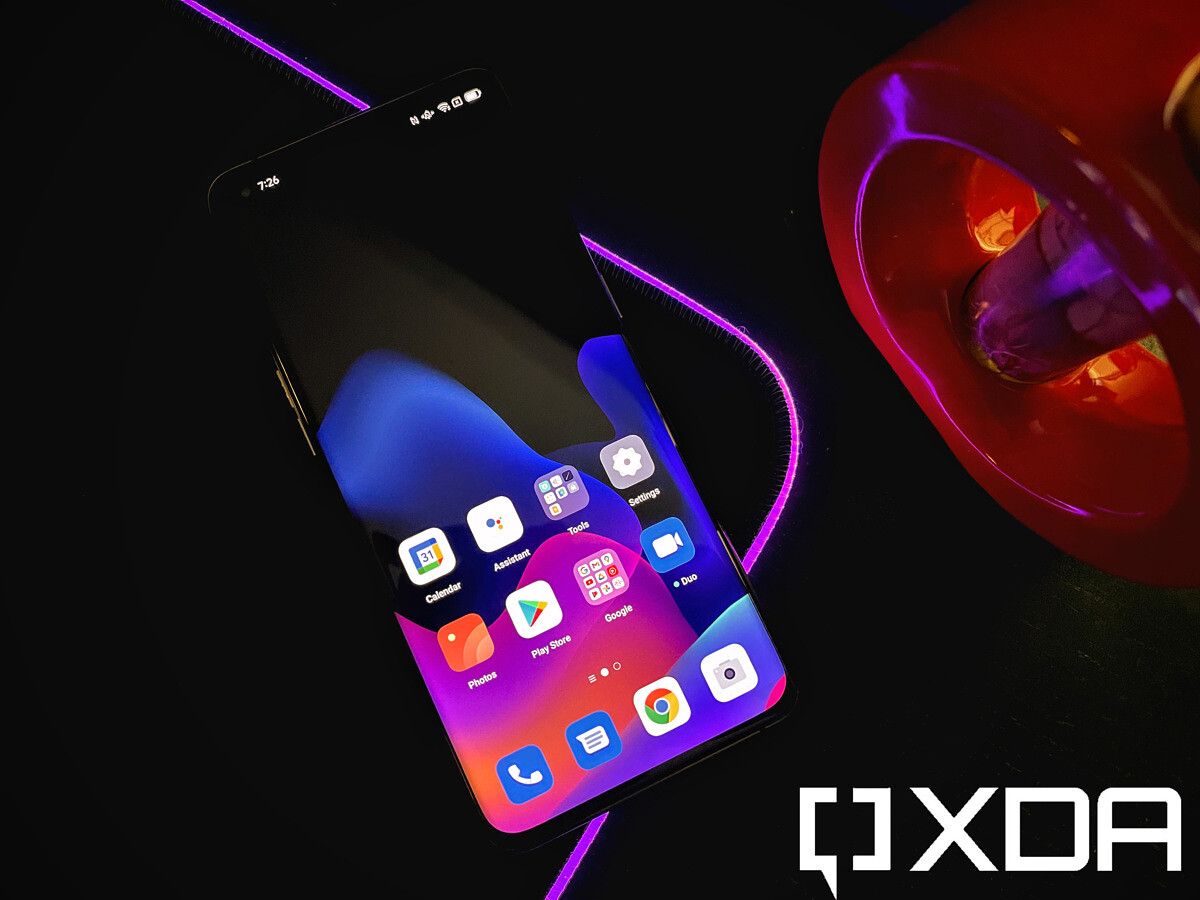
OPPO Find X3 Pro Display Review: Solid Quality All Around
OPPO has returned with another premium flagship packing top-tier display hardware. Read our review of the display on the OPPO Find X3 Pro!
Piggybacking off of last year's feats of "industry-leading color accuracy", OPPO continues to set its sights even further. With its new full-path color management system, the OPPO Find X3 Pro furthers OPPO's aim to improve image fidelity from camera to gallery. The Find X3 Pro also adds a new LTPO adaptive refresh rate panel, which will help save extra battery life for the high-resolution, high refresh rate panel.
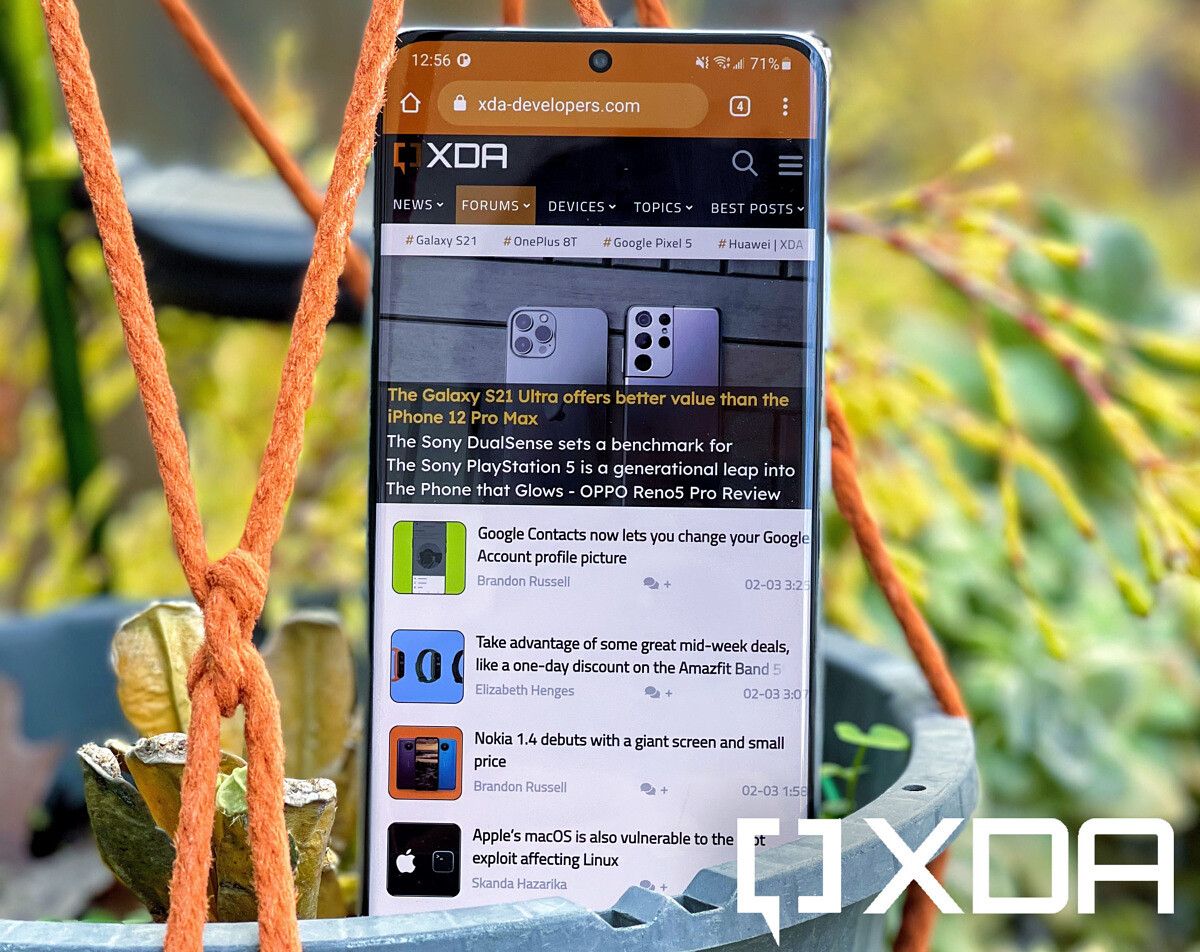
Samsung Galaxy S21 Ultra Display Review: A technical (rather than visual) step forward
The Samsung Galaxy S21 Ultra represents the pinnacle of Samsung smartphone hardware. We analyzed its display to see how far Samsung has come.
The launch of new Galaxy devices is always an exciting time for display tech enthusiasts. With Samsung Display still leading the industry's progress in mobile screens, the new Samsung Galaxy S21 Ultra showcases the bleeding edge in mobile display technology and give us hints on what to expect from displays on phones released in the near future.
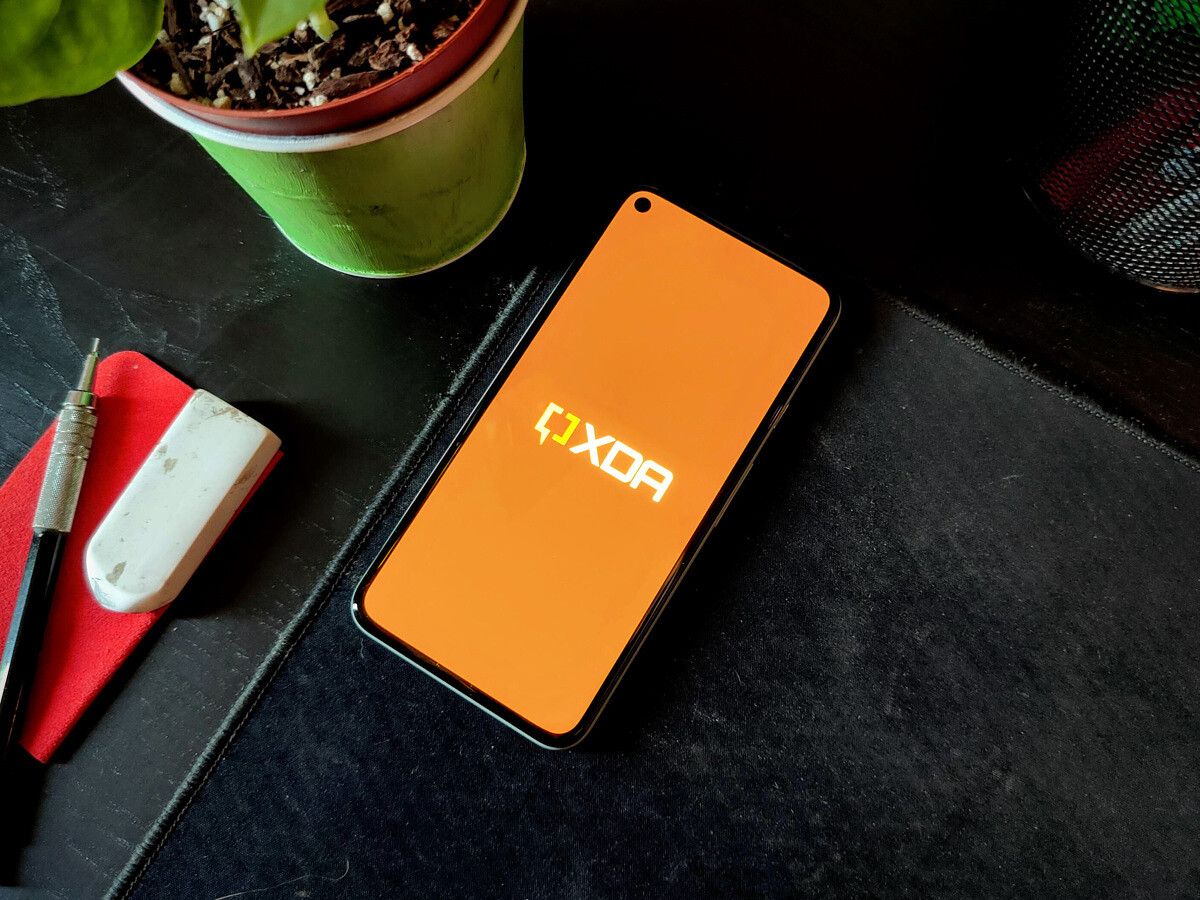
Google Pixel 5 Display Review: Worthy of a Flagship
The Google Pixel 5 doesn't have a flagship chip or panel but it has Google's best display yet on a Pixel. Find out how in our display review!
For Google's flagship in 2020, the company had decidedly stepped back from the ultra-premium category of smartphones, which usually costs customers north of $1,000 USD. It seems that Google's current mantra insists that it doesn't require bleeding-edge hardware to create a helpful handset. But whether or not the Google Pixel 5 can be competitive with other company's flagships is its own point of discussion that we covered in our full review. I'm here to just talk about the single most expensive piece of hardware in modern phones: the display.
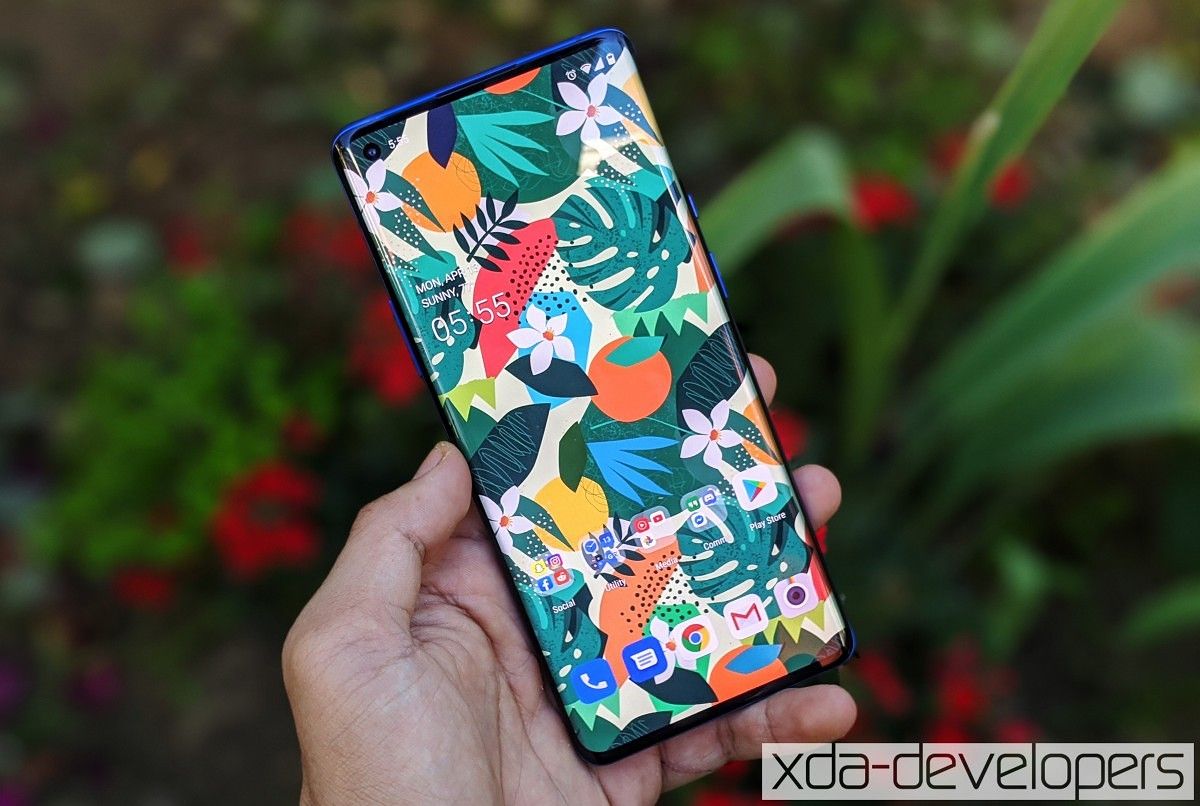
OnePlus 8 Pro Display Analysis — Premium Hardware at a Cost
The OnePlus 8 Pro has some of the best display hardware of any premium flagship smartphone. XDA's Dylan Raga reviews the display to see how it holds up.
Surprising absolutely no one, OnePlus finally decided to hop on the high-end fleet of premium-priced smartphones. But what do they have to show for it? The most specs and features packed on a smartphone screen to date.
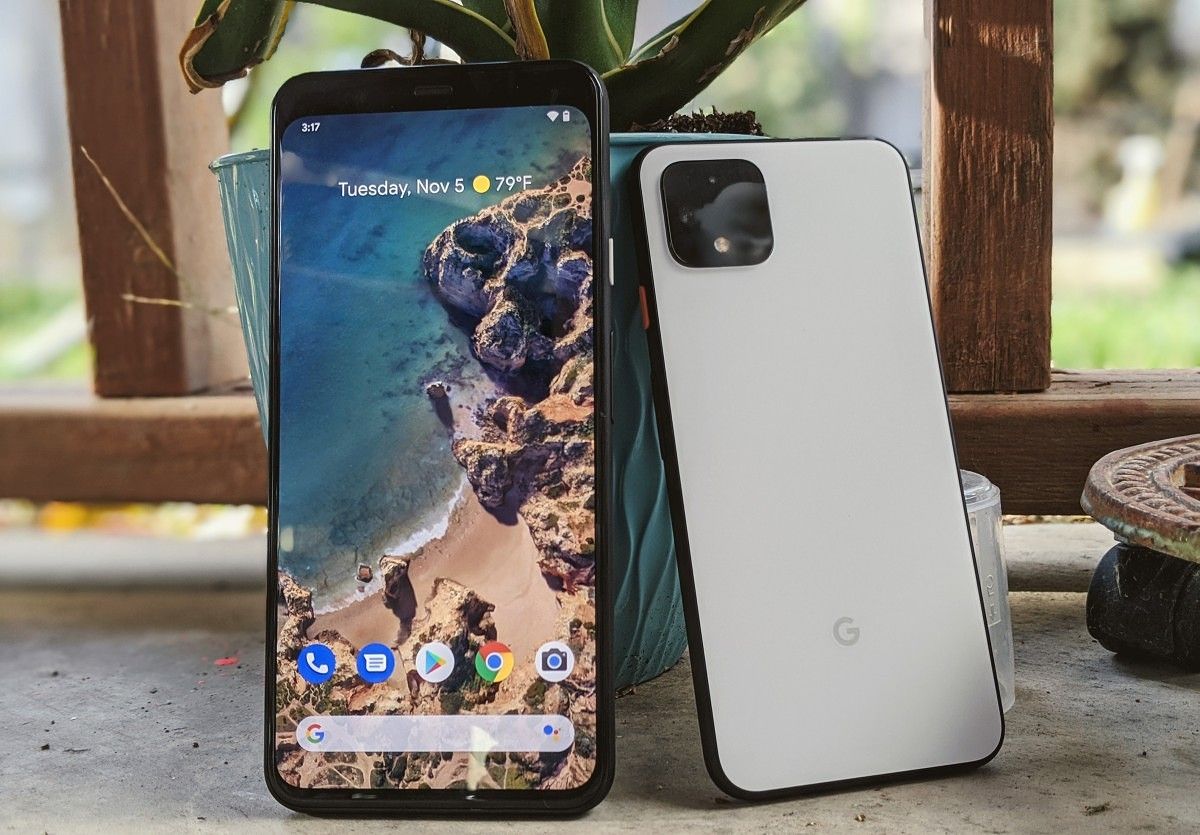
Google Pixel 4 & 4 XL Display Analysis — Outshined by serious phonemakers
The Google Pixel 4 is the latest Pixel smartphone released late into the year—can its display compete with phones released earlier in 2019?
It's nearing the end of 2019, and most smartphone makers have already showcased their flagship phone for this year. Google's flagship comes in pretty late into the year, but in the tech world, a few months can mean a whole new generation of hardware capabilities.
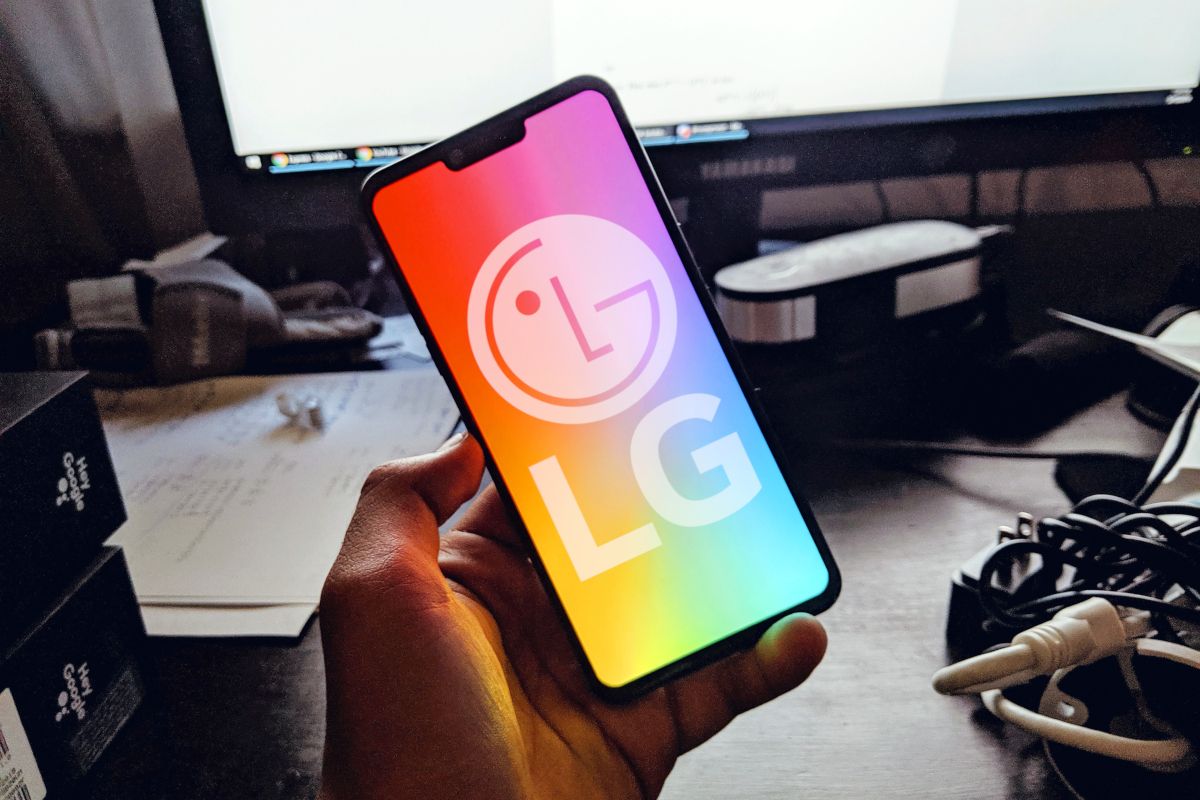
LG G8 ThinQ Display Review — LG’s Focus Lies Elsewhere
LG managed to catch up their mobile OLED chops with the LG V40 ThinQ, can the newer LG G8 ThinQ improve on it? We review the LG G8's display.
It’s been two years and, among the nitpicky tech-enthusiasts, LG Display is still often seen as producers of subpar mobile OLED panels after the poor reception of their displays in the Pixel 2 XL and LG V30 ThinQ. In late 2018, the LG V40 ThinQ came to market, which showcased the second generation of LG’s mobile OLED panels. Surprisingly, it demonstrated genuine improvement and established LG Display (LGD) as a proper mobile OLED competitor, as evaluated in our in-depth review of the V40 ThinQ’s display. Formerly identified with some of the most offensively blue viewing angles, LGD’s continuous research and development in mobile OLED resulted in new panels that now have the best viewing angles on a smartphone display, and with peak brightness and color gamuts matching that of Samsung Display Co.’s. With the rumors of the LG G-series adopting OLED technology formerly exclusive to the V-series, I was naturally very eager to see if there were further improvements made compared to the LG V40 ThinQ’s display, which was one of my favorite displays of 2018. Thus, we turn to the new LG G8 ThinQ to find out.

Samsung Galaxy S10 (Exynos) Display Review: Samsung Finally Embraces Color Accuracy, Becomes the Ambassador that Android Needs
The Samsung Galaxy S10 is the latest endeavor to reel in future tech to today's handsets, but has its underlying display characteristics actually improved?
Everyone says it: “Samsung makes the best displays for smartphones.” It’s widely regarded as truth and not many try to dispute it. Even fewer try to (or even know how to) individually assess the display. The problem with this is the lack of verification from what is seen on publications (including our own) versus reality and the limited number of valid points of views and shortage of expertise on the matter. What many don’t know is that previous-generation Samsung Galaxy displays did have issues and even lagged behind the competition in certain categories such as color/white point calibration, gamma, and black clipping. They were not perfect displays — they were far from the best in terms of calibration, actually — and most display reviews gave them way more praise than they deserved. Many are also misinformed and claim their displays to be color-accurate when in their default oversaturated profile. However, a new generation of handsets gives emergence to new hope and expectations. The Galaxy S10 is Samsung’s latest endeavor in reeling in future technologies to the handsets of now, but besides its cutting-edge Infinity-O display, has its underlying panel characteristics actually improved, or has it just been facelifted?

LG V40 ThinQ Display Review: The Underdog Has Finally Caught Up
The LG V40 ThinQ is LG's latest flagship smartphone with LG Display's latest pOLED technology. We reviewed the V40's display quality and were impressed.
For the last couple of years, all eyes have been on LG Display (LGD) in hopes of them producing a competitive OLED supply chain that could rein in Samsung Display’s monopoly over the mobile OLED market. We first received wind of this potential upbringing early-2017 when Google offered to invest nearly $1 billion USD into LG Display in hopes to secure a stable supply of flexible OLED for what would be the Pixel 2 XL. A few months later, the whole ordeal seemed to become an order of magnitude more serious when Apple hopped on board and reportedly invested $2.7 billion USD into the South Korean display maker in exchange for putting up a new OLED manufacturing line exclusively for Apple. Fall came around and we got to see an early preview of what was to come with LG Display’s first mobile OLED on a consumer smartphone on the LG V30 and the Pixel 2 XL. Early receptions to the panels were overwhelmingly negative (which I have previously covered in depth), tipping many to believe that LGD was not the OLED savior we were hoping for, and even angering many consumers to the point where they would bash OEMs for even considering sourcing their displays from LGD.
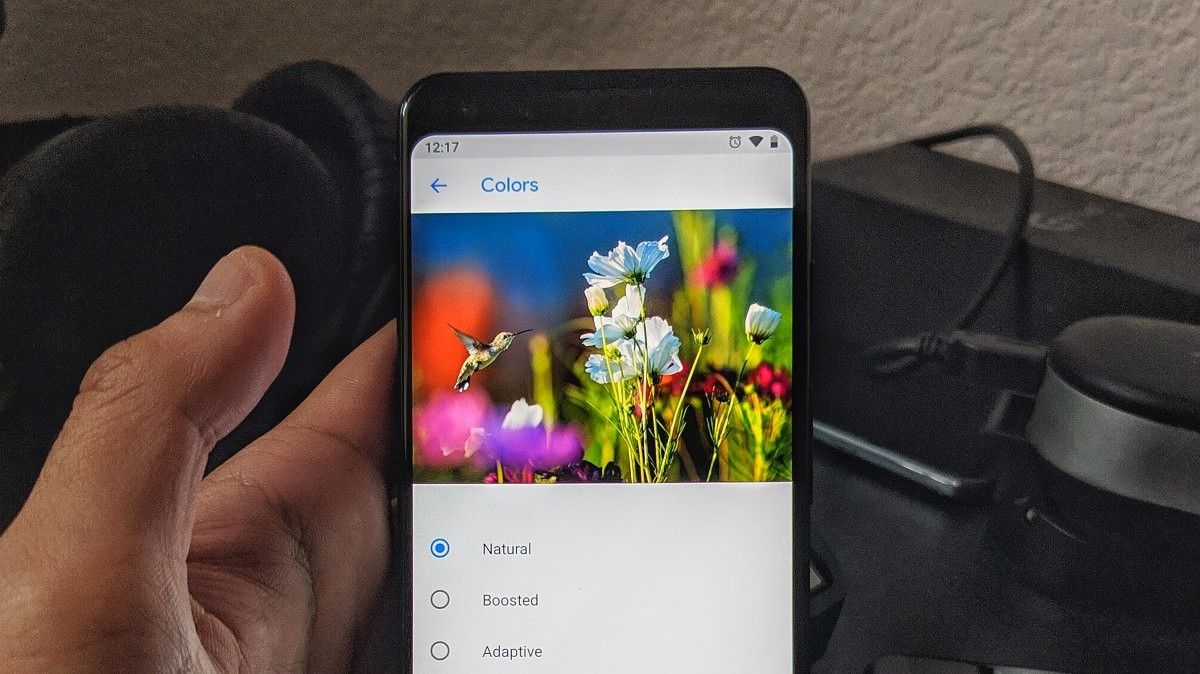
Google Pixel 3 Display Analysis: A Real, Tangible Improvement — Yet Still Behind the Curve
The display of the Pixel 2 XL was a pain point last year. This year, LG Display is responsible for the smaller Google Pixel 3. How did they do this time?
In the current state of smartphone technology, which defines the old 2014 “phablet” as the new baseline size for most Android handsets, the Pixel 3 remains one of the last few choices for a modernly-compact flagship smartphone in 2018 — and one of the last without a notch. The same held true for last year’s Pixel 2. However, that handset was regularly ill-received for its outdated appearance, garnished with thicker bezels than most smartphones in 2017, especially when compared to the likes of the iPhone X, the Galaxy S8/Galaxy Note 8, or even its big-brother the Pixel 2 XL. This year, the Pixel 3 adopts a more handsome form factor as Google pushes their Pixel line to command respect as a premium-looking-and-feeling top flagship competitor, and a lot of that starts with the portal to how we interact with it — the display.
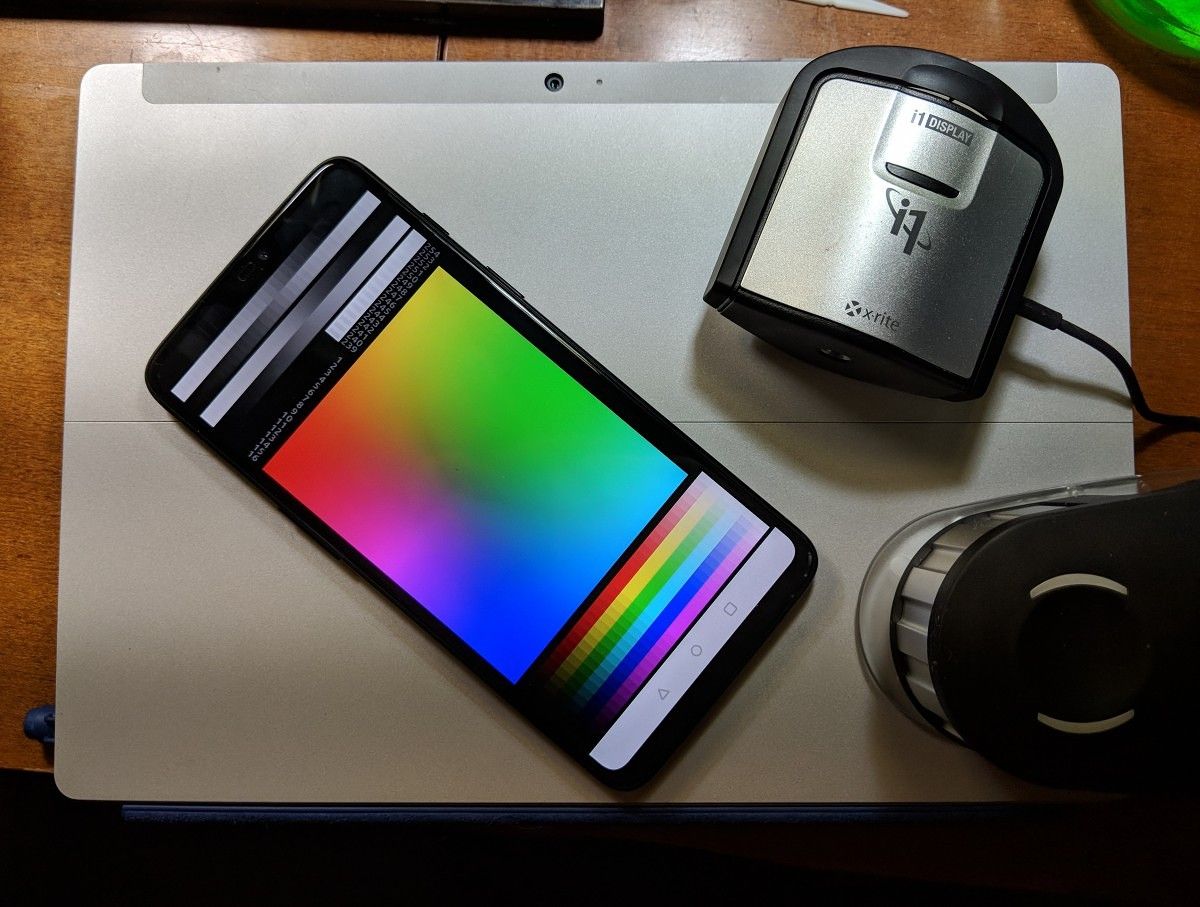
OnePlus 6 Display Analysis: Playing Bi-annual Catch-up
The OnePlus 6 is the latest flagship smartphone from OnePlus. It has a large 6.28" notched AMOLED display from Samsung. We review the OnePlus 6 display and compare it to the last generation OnePlus 5T.
While OnePlus handsets creep up in price year-after-year, we the consumers have rising expectations for “flagship-level” components from the former proudly-self-labeled “flagship killer.” The display is the portal to just about everything we use our phones for, and as such, it deserves to be one of the most criticized components for the price we pay. Although OnePlus hasn’t necessarily disappointed in this department in the past — we gave the OnePlus 5T a rave review, acclaiming the color accuracy of its calibrated color profiles, which we remorsefully had to revoke — every year is new grounds for judgment when they decide to test the limits on their new hardware and pricing. This time around, in 2018, a new trend has set out to “improve” on last year’s initiative to slimming down the display bezels, and that is, of course, the ever-polarizing “notch” as seen on the OnePlus 6.
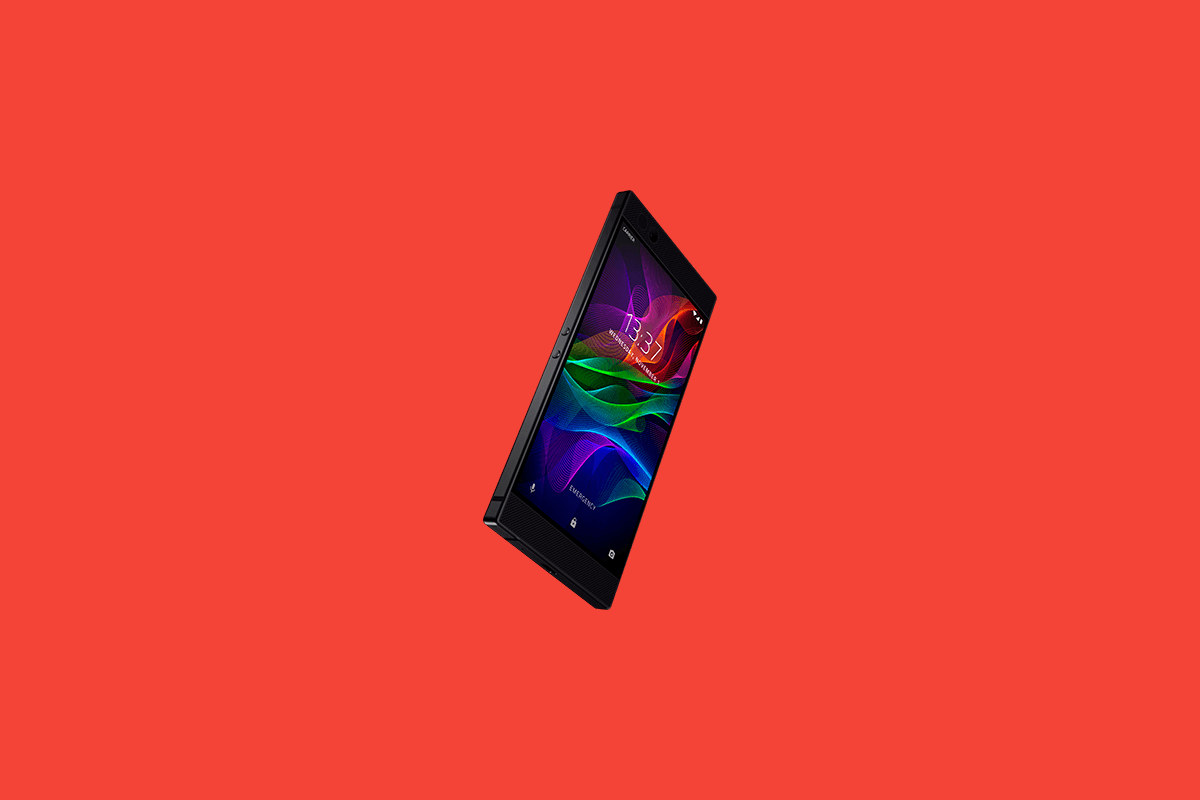
Razer Phone XDA Display Analysis: A Great Start for 120Hz Displays on Android
Check out our extremely in-depth display analysis of the Razer Phone. With a 120hz LCD panel, is this a screen worthy of gamers' attention?
When contemplating who’d be a major player in the Android smartphone business, the gaming hardware giant Razer probably wouldn’t come to mind. While they have yet to establish themselves as a reliable smartphone provider, Razer’s first attempt did not at all seem like it was their first time dabbling into Android, likely because much of their engineering team came from Nextbit. Razer leveraged their status in gaming hardware to appeal to those who game, and those who game hold high refresh rate monitors in high regard. So Razer put one on a smartphone.
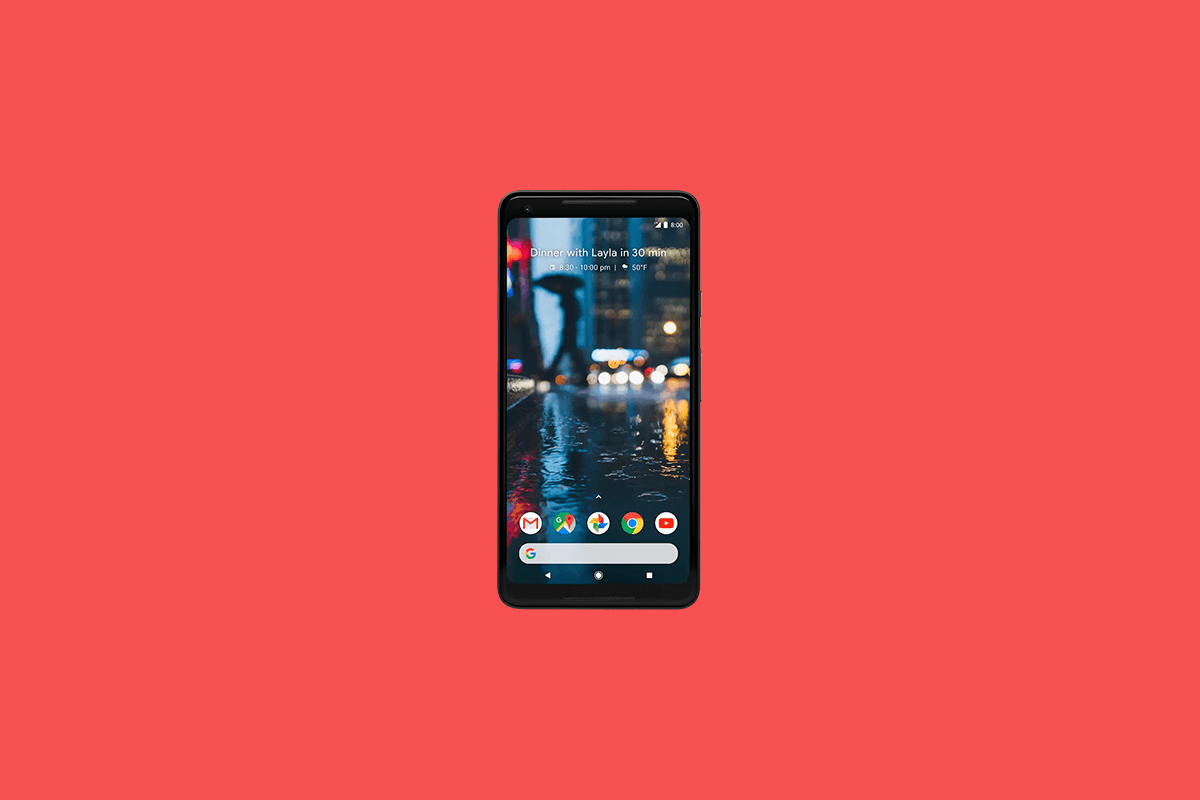
Pixel 2 XL XDA Display Analysis: A Well-Calibrated Package with Some Critical Mistakes
The Google Pixel 2 XL's display has been a point of controversy since the phone's launch. Our in-depth analysis highlights the good, the bad, and the ugly.
In recent months, the Pixel 2 XL has been the subject of many controversies, with conflict brewing over the phone's display even before its release. After the dust had settled, it became something of a refrain: The Pixel 2 XL's screen is plagued with issues, including premature burn-in, angular color shift, “muted” colors, “black crush”, and “black smear”. While some of these issues can be chalked up to poor display production, some aspects require a more thorough look. We will attempt to cover the Pixel 2 XL's display performance in as much depth as we can.

